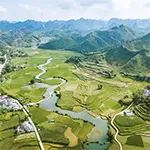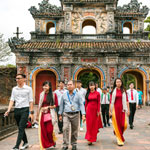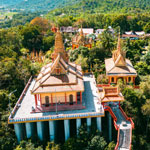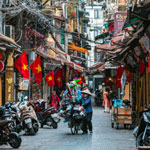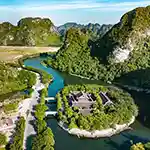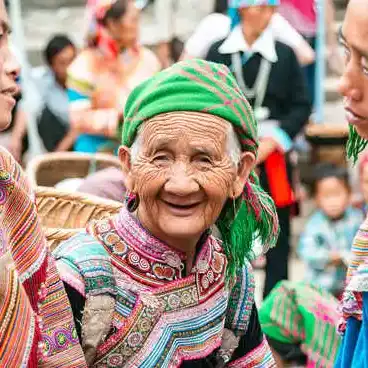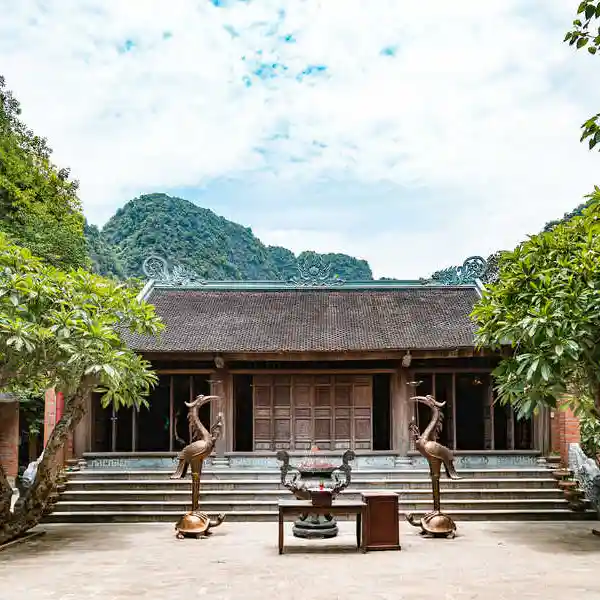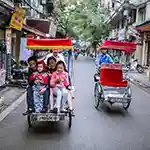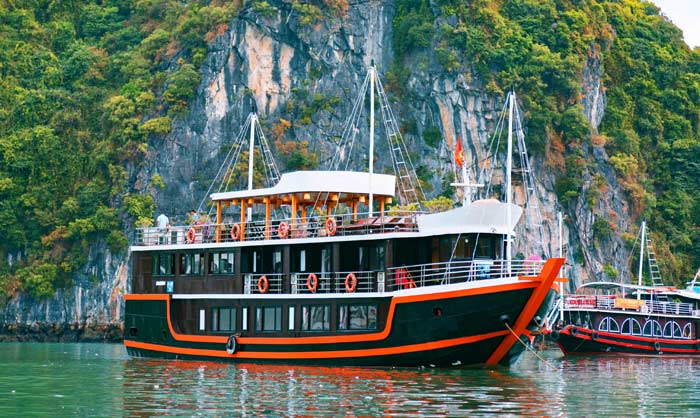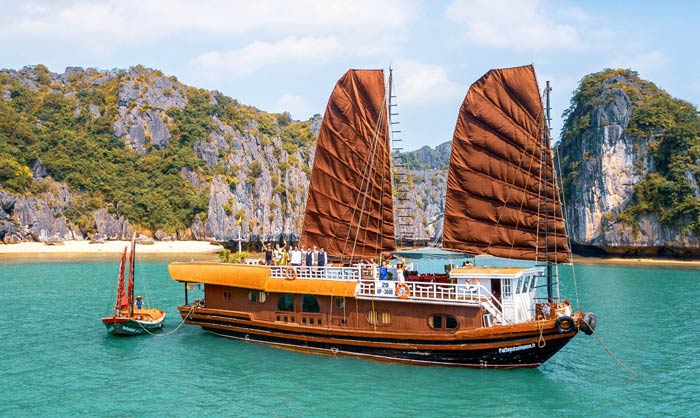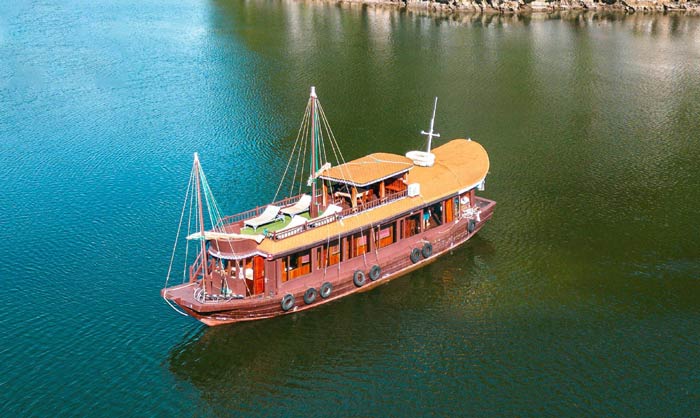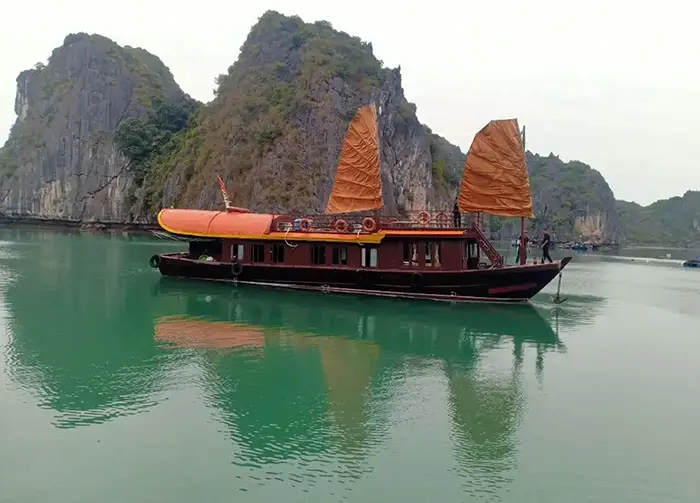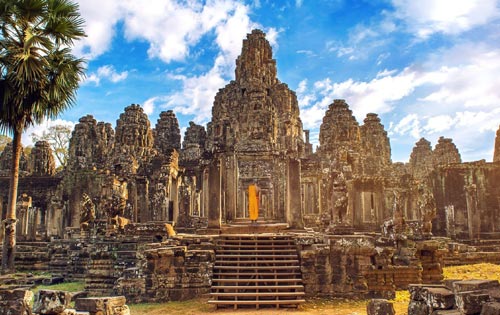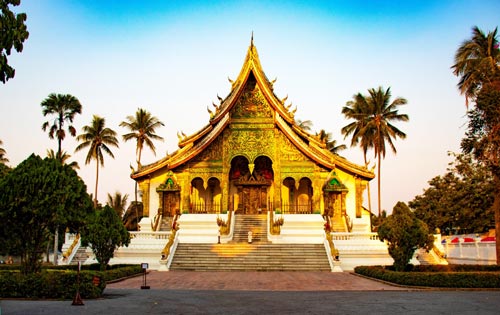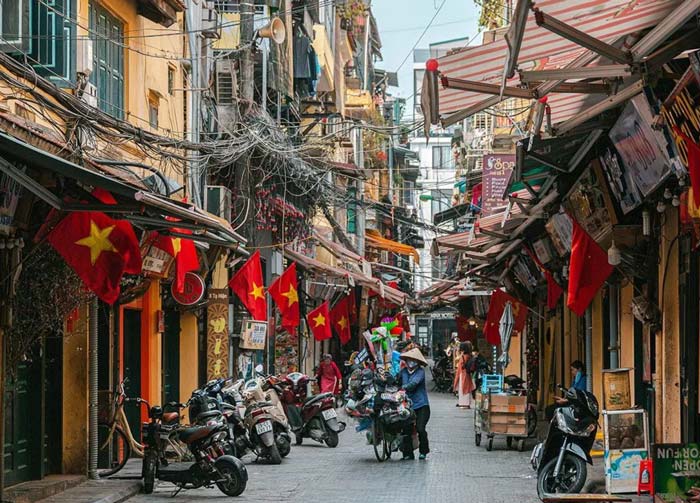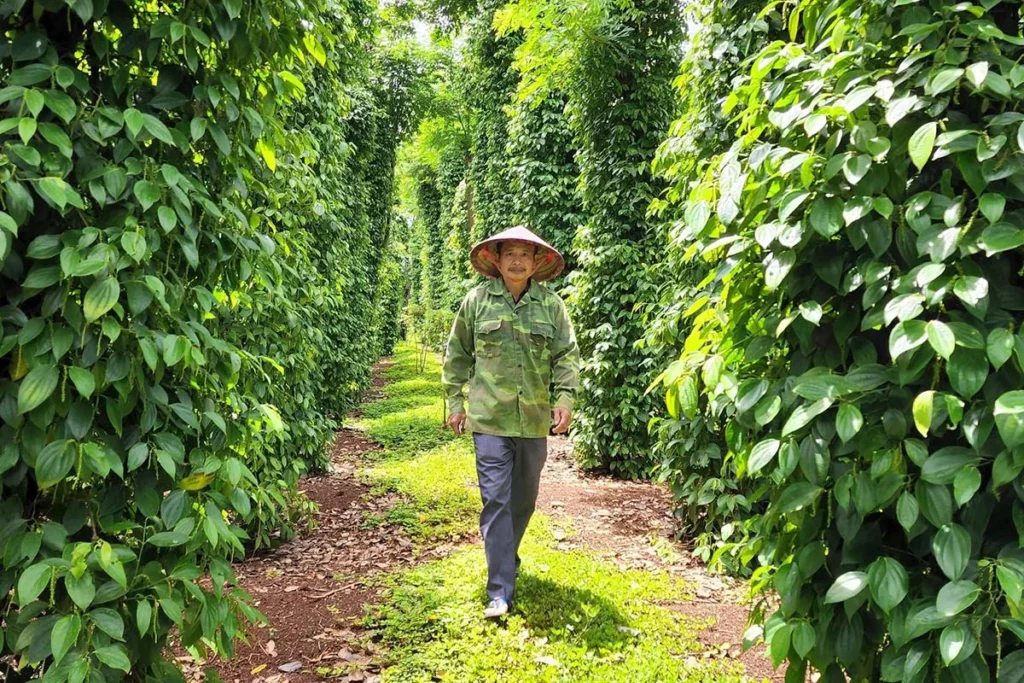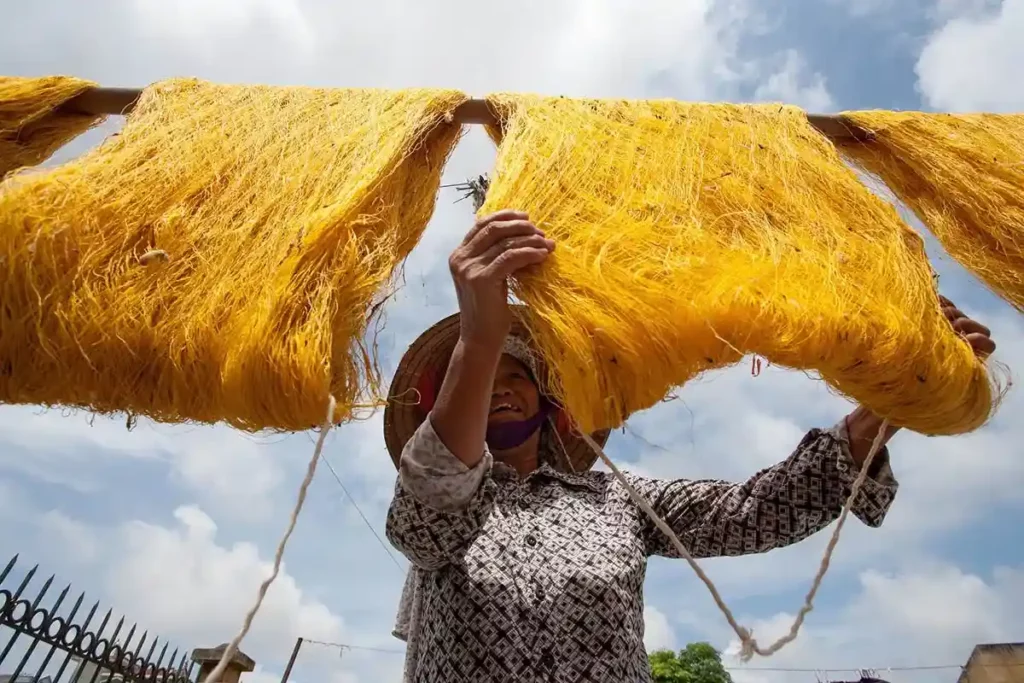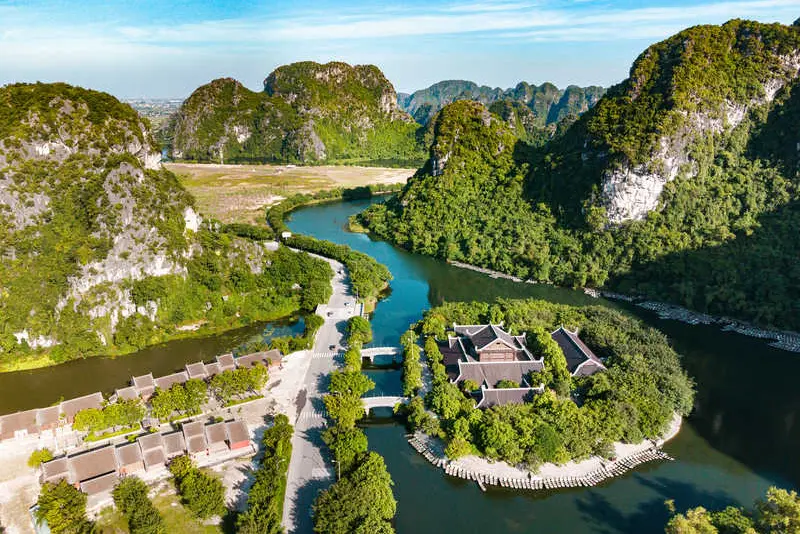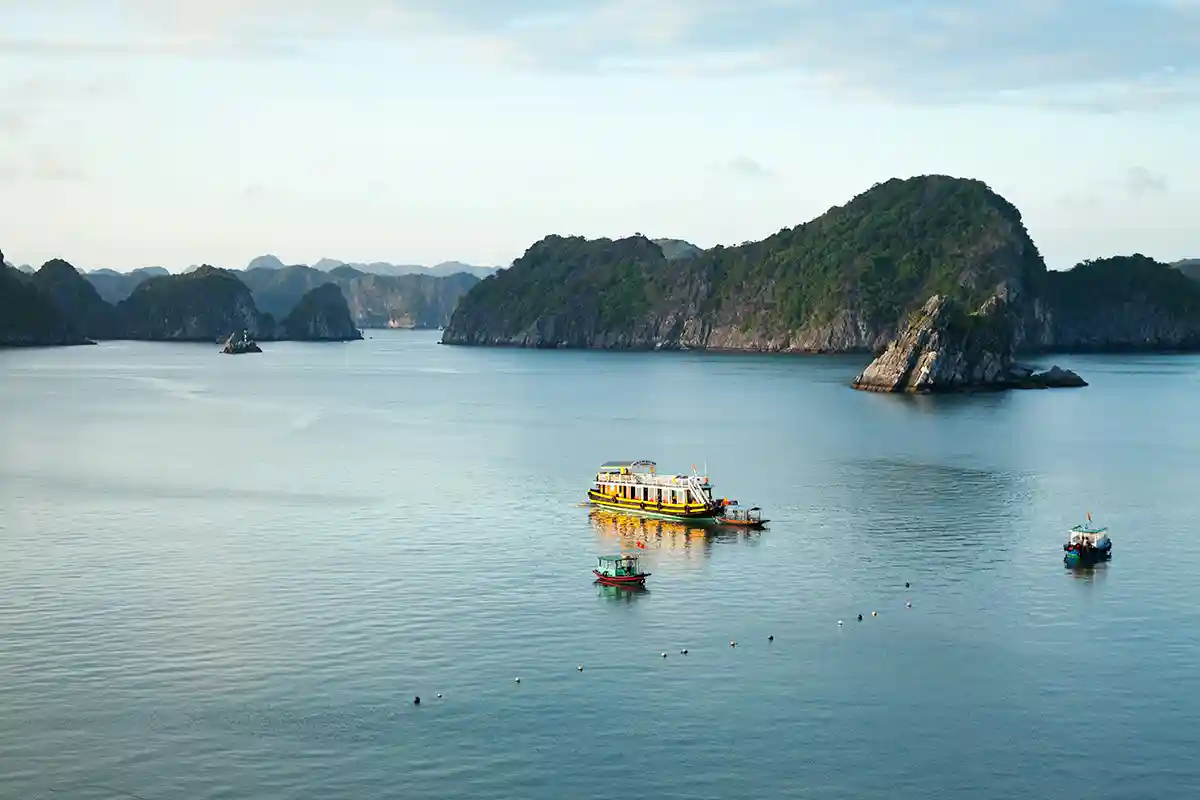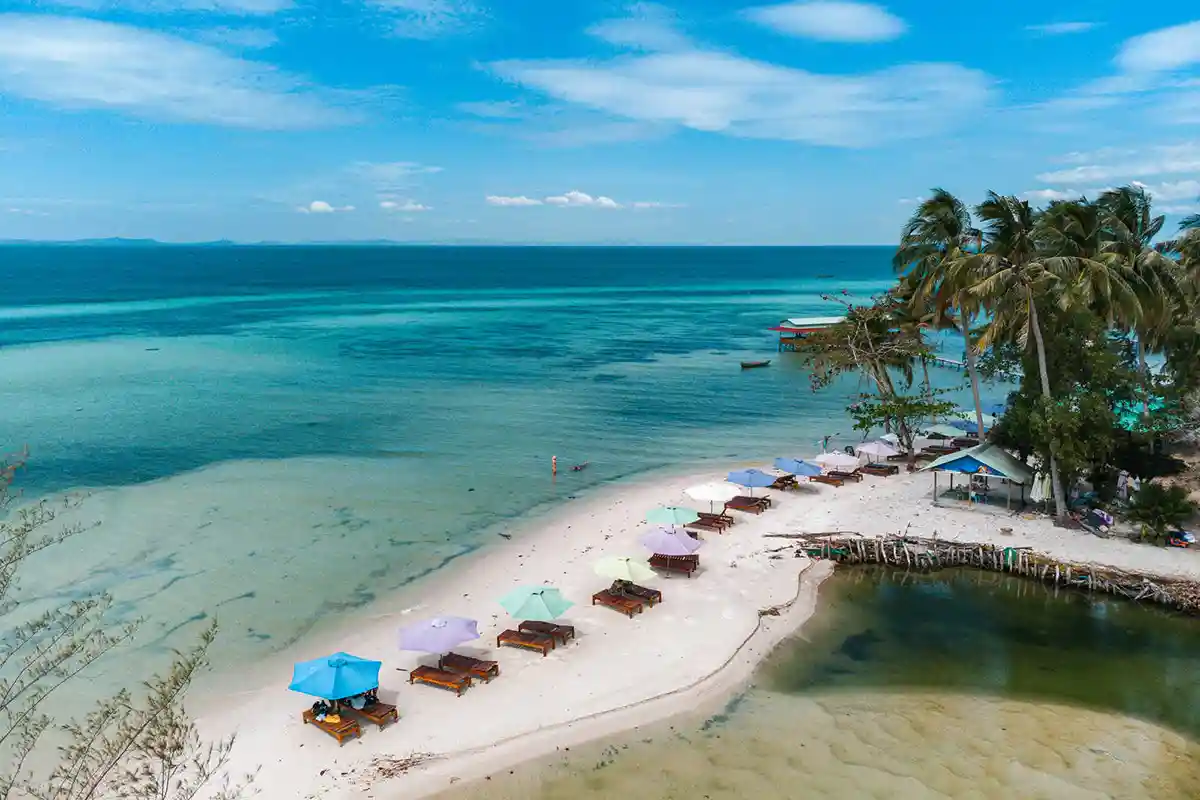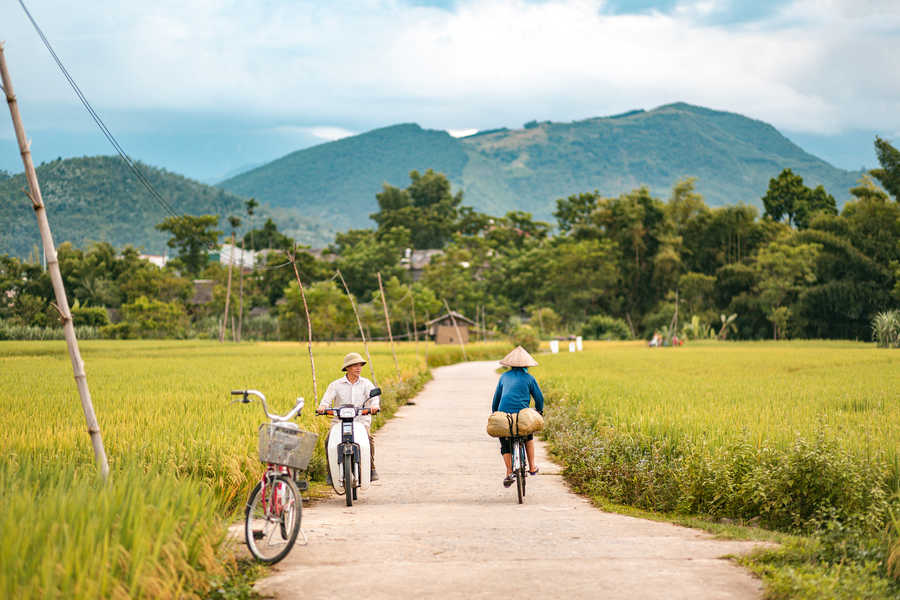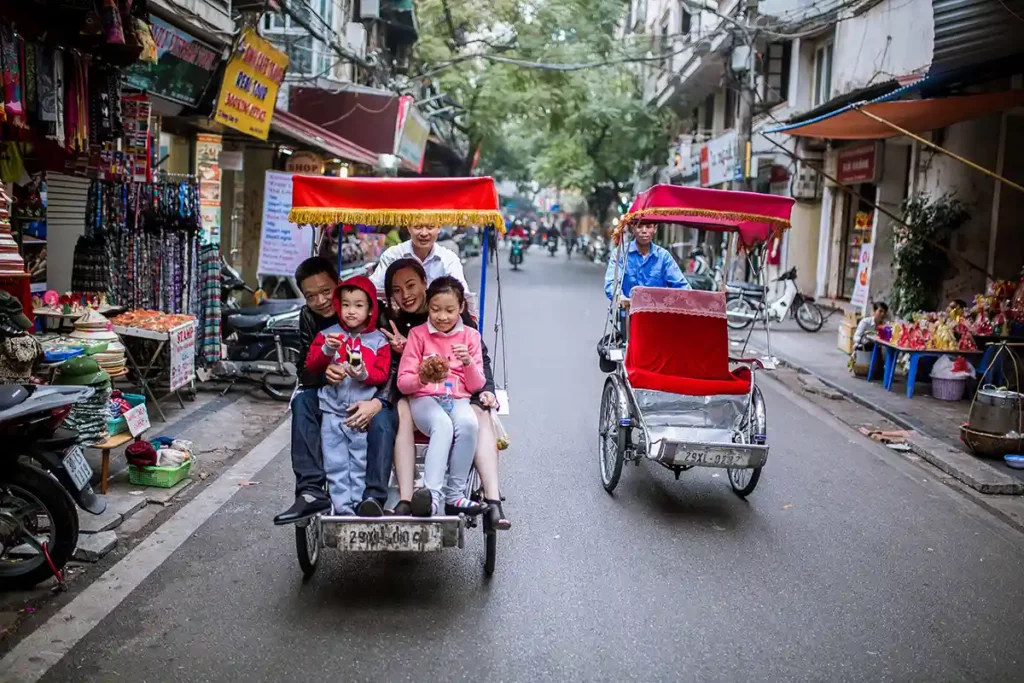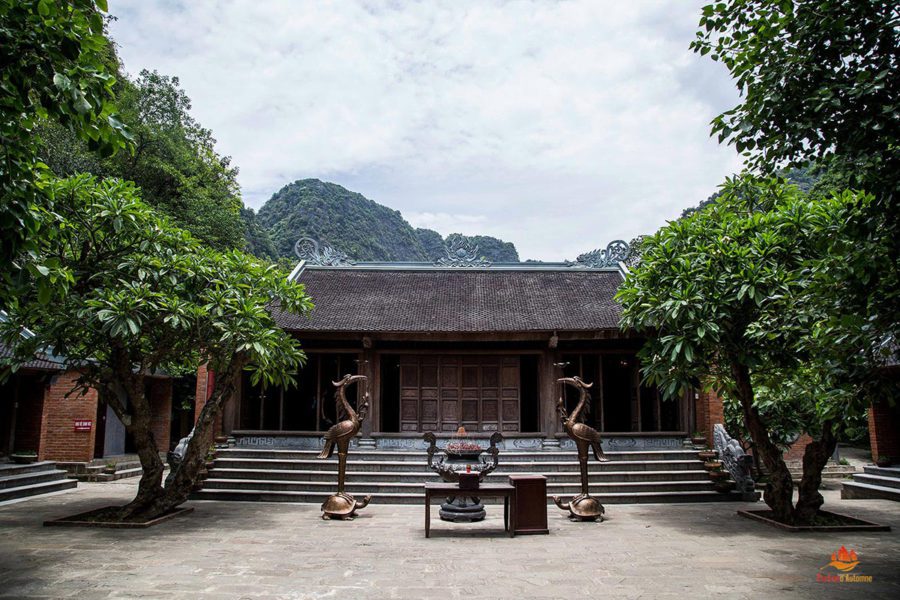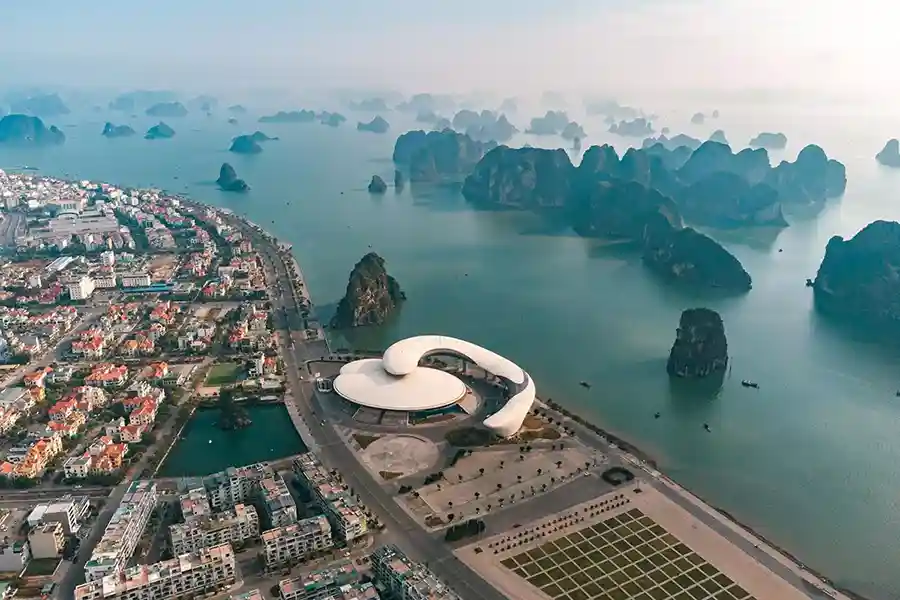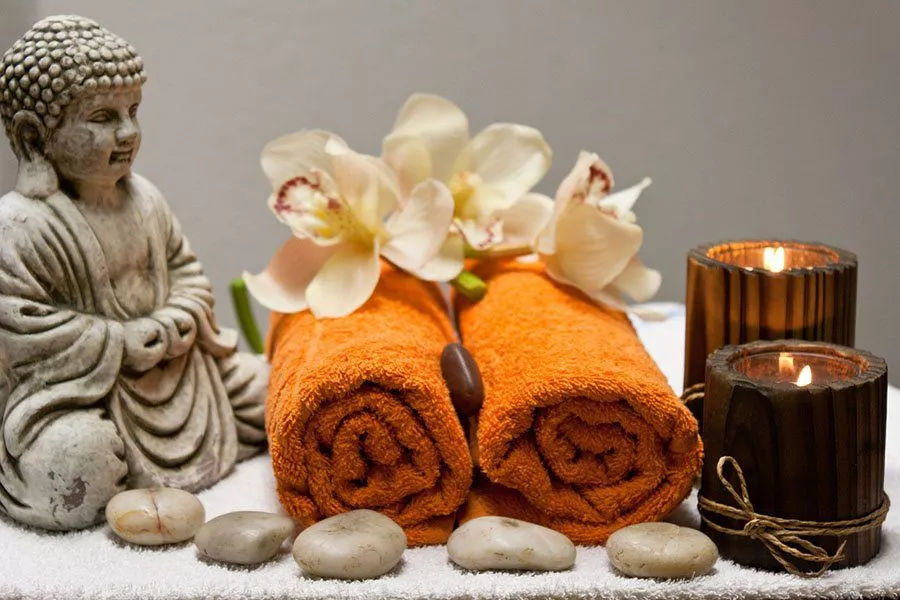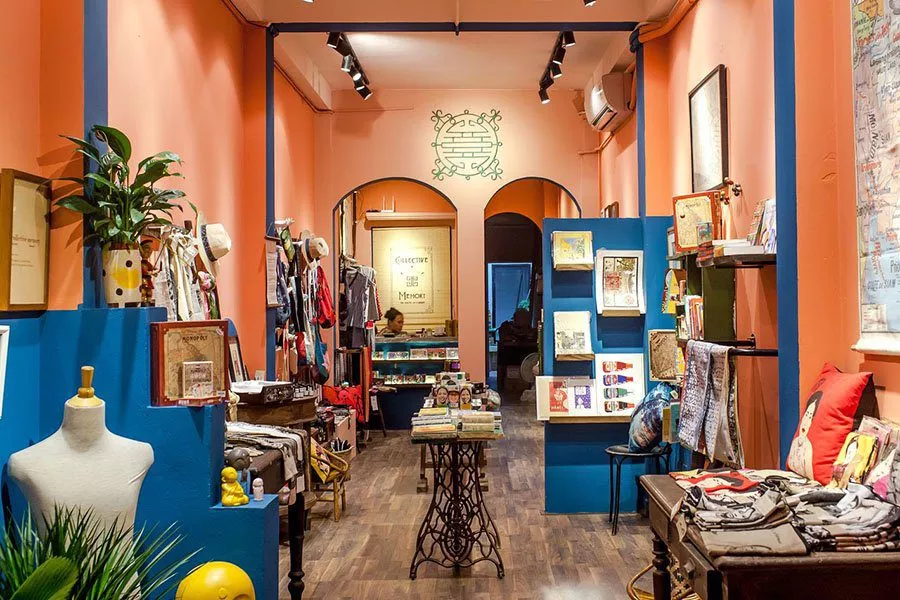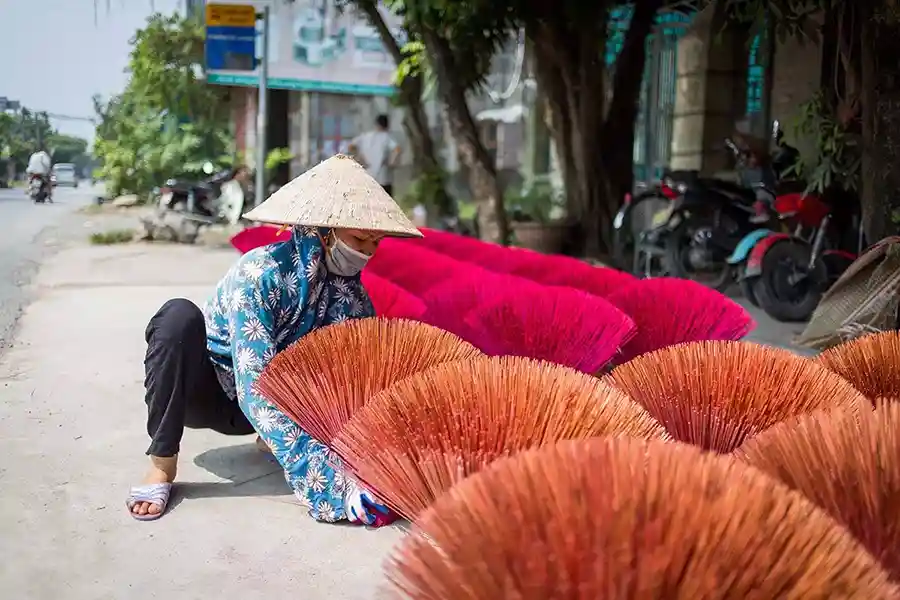Vietnam has everything you need for an amazing holiday: fascinating landscapes, beautiful beach resorts at the best prices, and cities full of charm with rich, multicultural histories.
In this article, we present five cities that, in our view, offer the most interest for a first-time discovery of Vietnam: Hanoi, Hue, Danang, Hoi An, and Ho Chi Minh City.
For each city, we will explain why it is worth visiting, the must-see attractions, the festivals and other celebrations held each year, and the best times to explore them.
Contact us to organize your visits to Vietnamese cities.
Hanoi, the millennial city
Located in the Red River Delta, Hanoi is the second most populous city in Vietnam after Ho Chi Minh City. It is primarily the country’s political, administrative, and historical capital. In 2010, Vietnam celebrated 1,000 years of Hanoi, founded by King Ly Thai To in 1010. Since then, Hanoi has most often served as the capital of Vietnam, except during the imperial period when Hue was favored by the Nguyen dynasty.
Hanoi therefore has a very long history, traces of which can be found in numerous sites throughout the city—places we invite you to explore during your visit.
What to visit in Hanoi?
Shaped by the heritage of several cultures (Chinese, Buddhist, French, etc.), Hanoi hosts a wealth of historical and cultural sites of great interest.
You can choose what appeals to you from the following highlights:
# Hanoi’s Old Quarter: The heart of the capital, a unique area in the world with its bustling streets, vendors, restaurants, and endless energy. A must-see!
# Hanoi’s Pagodas: We recommend visiting Tran Quoc Pagoda, built in the 6th century, or the One Pillar Pagoda, built in the 11th century.
#Confucian Heritage: A key site is the Temple of Literature, established in the 11th century to educate future mandarins (high-ranking officials). It became a temple honoring Confucius in the 19th century.
#French Influence: The French colonial period left numerous sites and infrastructures still in use today, such as St. Joseph’s Cathedral (1886), Long Bien Bridge (1903), the Presidential Palace (1906), and Hanoi Opera House (1911).
# Recent National History: This is closely tied to the Vietnamese resistance against French and American invaders. We recommend visiting Ho Chi Minh Mausoleum and Hoa Lo Prison.
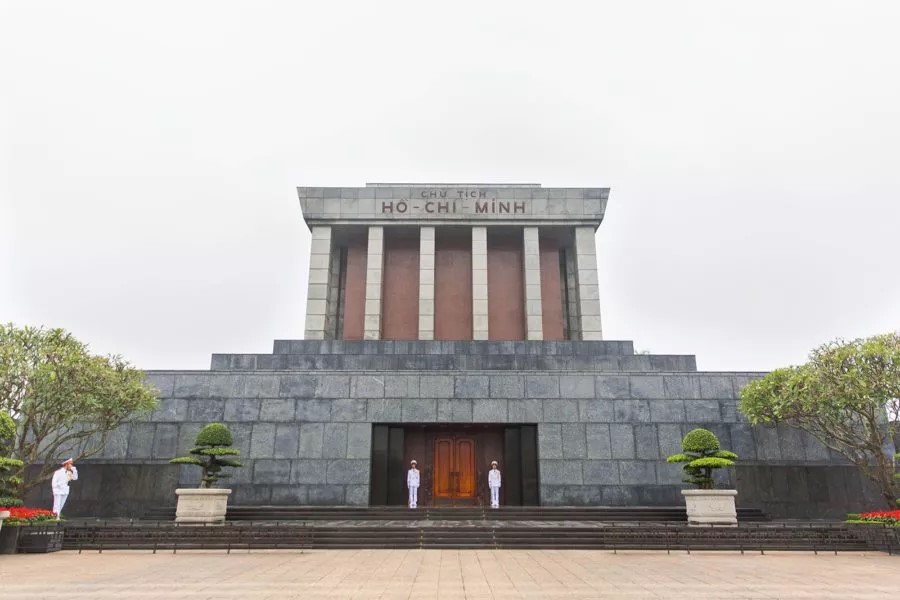
Ho Chi Minh Mausoleum, Hanoi. Photo credit: Mathieu Arnaudet / Parfum d’Automne
Finally, you might be tempted to visit some museums: besides Hoa Lo Prison, we recommend the Women’s Museum and the Museum of Ethnology. The latter is an excellent complement to your stay in the northern mountains of Vietnam.
Festivals and celebrations in Hanoi
Major national and traditional holidays are perfect opportunities to feel the city’s vibrant energy. Festivities, including parades and fireworks, are held for Reunification Day (April 2) and Independence Day (September 2). However, we especially recommend experiencing the Mid-Autumn Festival, celebrated every year on the 15th day of the 8th lunar month (usually in September or October). In the days leading up to this festival, Hanoi is buzzing with activity, particularly in the Old Quarter, which comes alive with vibrant colors and energy!
Best times to visit Hanoi
We recommend spring (April) and autumn (October and November). April marks the transition from the cool season to the hot and rainy summer, with perfect temperatures and sunshine. Similarly, October and November are transitional months, with the intense heat subsiding and a gentle breeze gracing the city. The autumn foliage is also spectacular.
Hue, the city of emperors
Hue is the main city of Thừa Thiên-Huế Province, located in central Vietnam. It was in Hue that the Nguyen dynasty built its Imperial City in the 19th century. The city flourished, gaining a significant artistic and intellectual reputation, until the arrival of French troops in the 1880s. Much of the Imperial City was destroyed, and many valuable items, including furniture and manuscripts, were stolen or burned. Later, the wars of independence—against the French and then the Americans—further devastated Hue’s cultural and historical heritage.
Fortunately, in recent years, extensive restoration efforts have been undertaken, and it is now possible to stroll through an Imperial City that has regained much of its former grandeur.
What to visit in Hue?
As you can imagine, visiting Hue’s Imperial City is a must during your stay in the city. To obtain all the necessary information, you have two options: either explore it with your French-speaking guide or hire a guide at the site entrance (a few French-speaking guides are available).
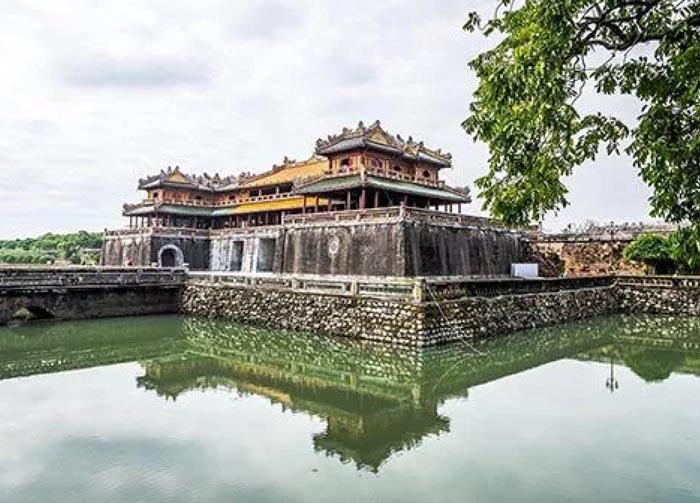
The citadel of Hue, Vietnam. Photo credit: Prépare ta Valise / Parfum d’Automne
But Hue is not limited to its Imperial City! Here are other tourist sites not to be missed:
# Thien Mu Pagoda: Along with the Imperial City, it is one of Hue’s symbols. The pagoda is located on the banks of the Perfume River and features a seven-story stupa originally built in the early 17th century. It has been rebuilt several times since. Thich Quang Duc, the monk who self-immolated during the Vietnam War, lived at the monastery of this pagoda.
# Tombs of Emperors Tu Duc and Minh Mang: About 5 minutes from the city are the tombs of several emperors who ruled Hue and Vietnam. We particularly recommend visiting the tombs of Tu Duc and Minh Mang.
# Thanh Toan Japanese Bridge: Built just outside Hue, this bridge connects Chinese and Japanese cultures, as well as the two sides of a village separated by a river. It’s also a beautiful spot to enjoy the peaceful countryside around Hue.
If you still have time and energy, you might want to visit the abandoned water park near Hue. Hue is also known for its gastronomy, and we highly recommend booking a food tour to taste the dishes that have made the city famous!lle !
What festivals and celebrations take place in Hue?
Every year in April, the Hue Festival is held. For one week, the city comes alive with dances, concerts, and various performances. A sampan race is even organized on the Perfume River during this time. On April 3rd, in particular, the show “The Royal Essence of Hue” is scheduled, reenacting important events that took place at the Royal Court. It is undoubtedly a beautiful spectacle, in the same spirit as what Lunar Production offers in Hanoi, Hoi An, and Ho Chi Minh City.
Best time to visit Hue
Central Vietnam has two distinct seasons: the rainy season and the dry season. We recommend visiting Hue between January and April, when temperatures are mild and rainfall is minimal. The Hue Festival in April is a great indicator of when to plan your visit!
Danang, the coastal city
Located midway between Hanoi and Ho Chi Minh City, the city of Da Nang has held a strategic role in Vietnam’s contemporary history.
The French were the first to establish a presence in the city, taking it as a concession on two occasions: first in 1787, before the French Revolution, and again in 1858 under Napoleon III. At the time, they called it Tourane, a name derived from the Chinese Cua Han, meaning “mouth of the Han River.”
Later, during the war against the Americans, Da Nang served as an airbase used by both the South Vietnamese and American forces. Since the country opened up, the city of Da Nang has experienced significant development, becoming the fourth largest city in Vietnam.
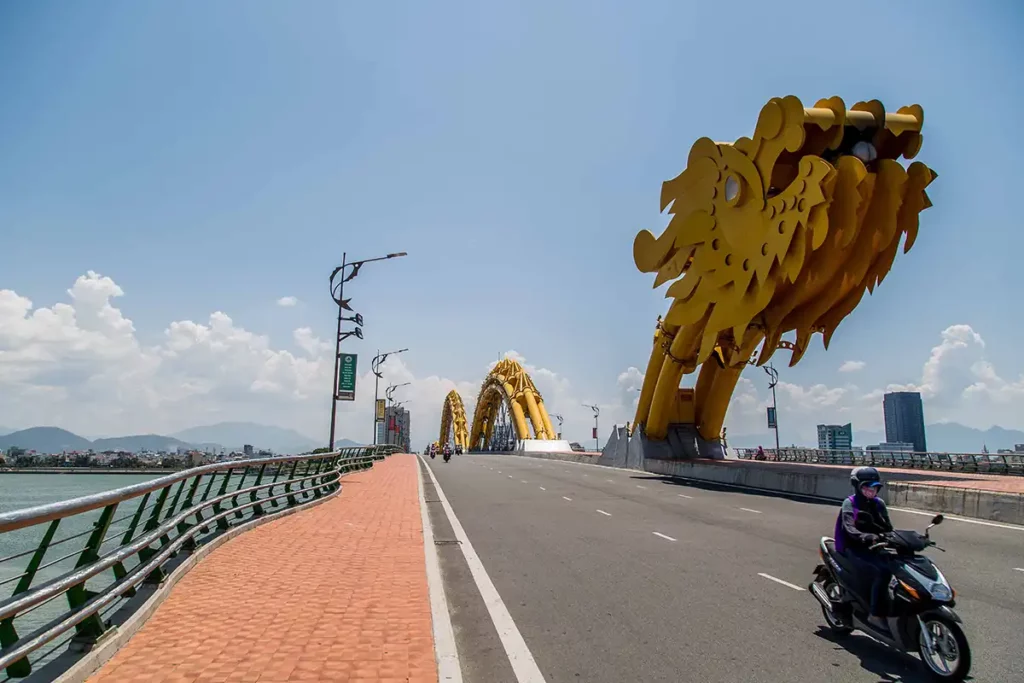
What to visit in Danang
#Cham Sculpture Museum: If you plan to visit the My Son Sanctuary, we recommend stopping first at the Cham Sculpture Museum in Danang. The sculptures are mainly made of terracotta and sandstone.
# Ho Chi Minh Museum of the 5th Division: A museum dedicated to Ho Chi Minh’s life and the years of war in southern Vietnam.
# Marble Mountains: These are five hills made of marble and limestone, representing the five elements: water (Thuy Son), wood (Moc Son), fire (Hoa Son), metal (Kim Son), and earth (Tho Son). Numerous pagodas and caves have been built on each hill.
# My Khe Beach: Perhaps the most beautiful white-sand beach in Vietnam! This was a favorite resting spot for American soldiers stationed in Danang during the Vietnam War. Today, it is recognized as one of the most beautiful beaches in Southeast Asia, offering activities like windsurfing, snorkeling, jet skiing, and more.
#Ba Na Hills and its amusement park: The Ba Na Hills amusement park by Sun Group is located on Truong Son Hill near Danang. It features the world’s longest cable car, the Golden Bridge, a recreation of a typical French village, and many attractions for both adults and children.
>> Our full article on Ba Na Hills and the Golden Bridge.
What festivals and celebrations in Danang?
Every year in June, the city of Danang hosts an International Fireworks Festival! It is a competition that, in 2020, saw teams from Italy, Russia, Brazil, Belgium, Finland, China, the United Kingdom, and Vietnam compete for nearly a week.
Every day, spectacular lights fill the sky over Danang. This year, participants were asked to create displays on the theme: “Stories on the Rivers.”
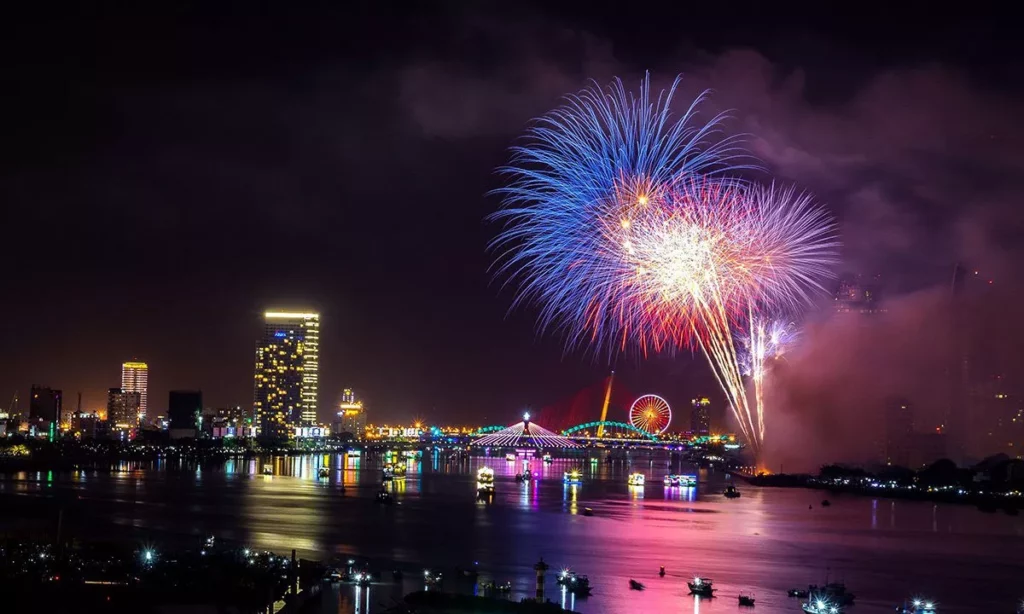
Fireworks over the city of Danang, Vietnam. Photo credit: Parfum d’Automne
Best times to visit Danang
Like Hue, Danang experiences two main seasons: the monsoon season from September to March and the dry season from April to August. Temperatures remain moderate throughout the year, ranging between 18 and 35°C. We recommend visiting from February to May, when humidity is lower and the heat is less oppressive.
Hoi An, the lantern city
Hoi An is a small town located in Quảng Nam Province, about 30 kilometers from Da Nang.
Once a famous fishing port and hub for silk merchants from the 15th century onwards, Hoi An has absorbed numerous influences that are reflected in the architecture of its Old Town. The Old Town has been a UNESCO World Heritage site since 1999 and features 844 buildings of historical and cultural interest. At night, the thousands of lit lanterns lend a romantic charm to the many narrow streets of the Old Town.
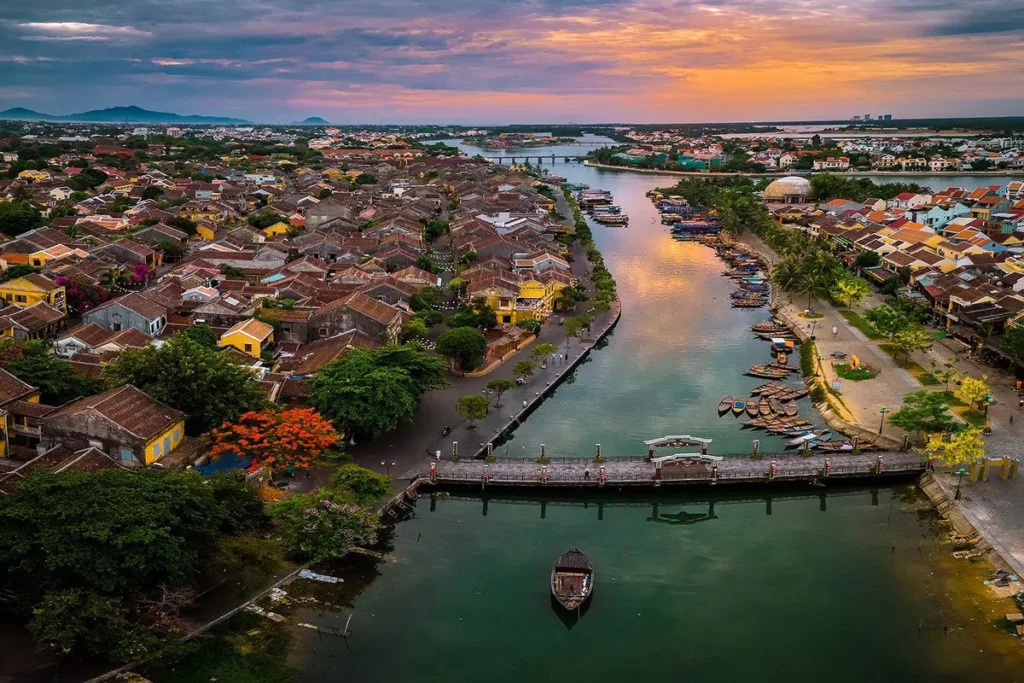
What to visit in Hoi An?
# The Historic Center: Unlike Hanoi’s Old Quarter, Hoi An’s Old Town is entirely pedestrian. As a UNESCO World Heritage site, it is exceptionally well preserved. We recommend exploring it with a guide during the day and wandering on your own in the evening when the streets are beautifully illuminated. The Old Town is made up of wooden merchant houses, some of which are stunning and open for visits, such as Tan Ky House and Phung Hung House.
# The Japanese Bridge: This is Hoi An’s iconic symbol! Built at the end of the 16th century to connect the Japanese quarter with the Chinese quarter, it also houses a small temple dedicated to sea spirits.
# Fujian Assembly Hall: In the late 17th century, Chinese families from Fujian settled in Hoi An to take advantage of the port’s strategic location. This assembly hall was one of five built to gather residents according to their province of origin.
These buildings highlight the richness of Hoi An’s cultural heritage and, more broadly, Vietnam’s historical legacy.
Other interesting tourist sites are located outside Hoi An. Notably, My Son Sanctuary, the main archaeological site of the Cham civilization that lasted from the 4th to the 13th century. With cultural and spiritual roots in the Indian subcontinent and Hinduism, the Cham built numerous temples honoring Hindu deities such as Krishna, Vishnu, and especially Shiva. My Son was the religious heart of this civilization.
Festivals and celebrations in Hoi An
Every month, Hoi An hosts a Lantern Festival on the 14th day of the lunar month. For example, it took place on June 5, July 4, August 3, and September 1, 2020. Also called the “Full Moon Festival,” it features multiple events celebrating local traditional culture. During the festival, the entire town becomes pedestrian-only, even bicycles are prohibited. All the lanterns in the city are lit for a memorable evening!
Best times to visit Hoi An
The ideal period is February to April, when rainfall is minimal and temperatures are mild.
Ho Chi Minh City, the economic hub
Several centuries ago, Ho Chi Minh City was merely a fishing village under the Khmer Empire. In the 17th century, Vietnamese and Chinese populations settled there, and the city was called Saigon, after the river that runs through it.
Renamed Ho Chi Minh City after the country’s reunification in 1975, it is now the most populous city in Vietnam, with over 9 million inhabitants. Over time, the city has grown denser, benefiting from its proximity to the Mekong Delta. Today, it drives the country’s economic growth, and its leaders aim to transform it into a leading megacity in Asia, similar to the city-state of Singapore.
Why is it worth visiting? Visiting Ho Chi Minh City allows you to experience this dynamic energy firsthand, observe ongoing changes, and compare the contrast between the old and the modern.
What to Visit in Ho Chi Minh City
You might want to dive into the history of the Vietnam War. In that case, we recommend visiting the War Remnants Museum and the Reunification Palace.
The War Remnants Museum has had several names: “Museum of American Atrocities” in the 1980s, then “Gallery of War Crimes” in the 1990s, and finally its current name since 1995. These names are telling: the museum houses over 20,000 objects documenting the atrocities committed against the Vietnamese people during the wars against France and later the United States.
The Reunification Palace was also renamed over time. Originally built by the French in 1870 to host French governors in Indochina, it became the “Independence Palace” under the South Vietnamese regime from 1954. The original palace was completely destroyed, and a new building was constructed in the 1960s. Ngo Dinh Diem, then leader of South Vietnam, aimed to build the largest palace in Southeast Asia. The current building spans over 20,000 m² and contains nearly 100 rooms over three floors. In 1975, tanks rolled through its gates, creating one of the iconic images marking the end of the war.
You might also want to finish your exploration of recent Vietnamese history with a visit to the Cu Chi tunnels. These tunnels allowed Vietnamese resistance fighters to hide from American attacks and plan their operations. On several occasions, the U.S. army bombed the Cu Chi region and sent men on the ground (the so-called “tunnel rats”) to gather intelligence. In 1967, they discovered the Viet Minh headquarters in Cu Chi, uncovering over 500,000 documents. Yet, the tunnels remain a powerful symbol of the ingenuity and sacrifice of Vietnamese soldiers in their fight against the “invader.”
Other interesting places:
# Ben Thanh Market: Built during the colonial period, it is the largest market in District 1, offering everything you can imagine.
# Cholon District: The Chinese quarter, which has its own market, Binh Tay Market. Less touristy and more authentic than Ben Thanh.
# Rooftop Bars: After all these visits, you may want to relax. Ho Chi Minh City has many tall buildings with rooftop bars and terraces. Some recommended spots include Majestic, Rex, and Chill Sky Bar.
Festivals and celebrations in Ho Chi Minh City
All traditional festivals are, of course, celebrated in Ho Chi Minh City. However, the one we particularly recommend experiencing on site is New Year’s Day (solar calendar)! Ho Chi Minh City is the most entertaining city in Vietnam, and you can organize an evening you’ll remember for a long time.
>> Check out our article to find out where to celebrate Christmas and New Year’s.
Best time to visit
We also recommend visiting Ho Chi Minh City for New Year’s because the weather is perfect: it’s the dry season from December to March, with warm temperatures during the day and mild evenings (around 20–25°C)..
Now you know all about our 5 favorite cities in Vietnam.
Contact us to organize your tailor-made trip.

